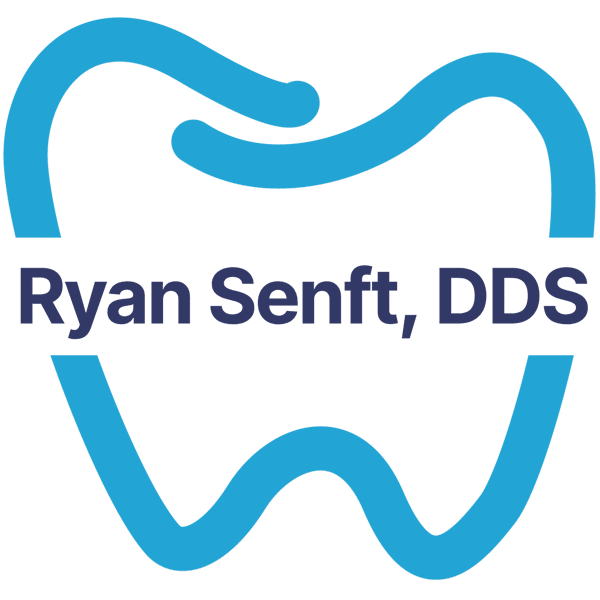What are dental bridges?
A dental bridge can help fill the gap if you have missing teeth. A bridge consists of an artificial tooth (or teeth) called a pontic and an abutment of two crowns or dental implants anchoring it on either side. Bridges can provide a seamless look and restore patients’ smiles.

